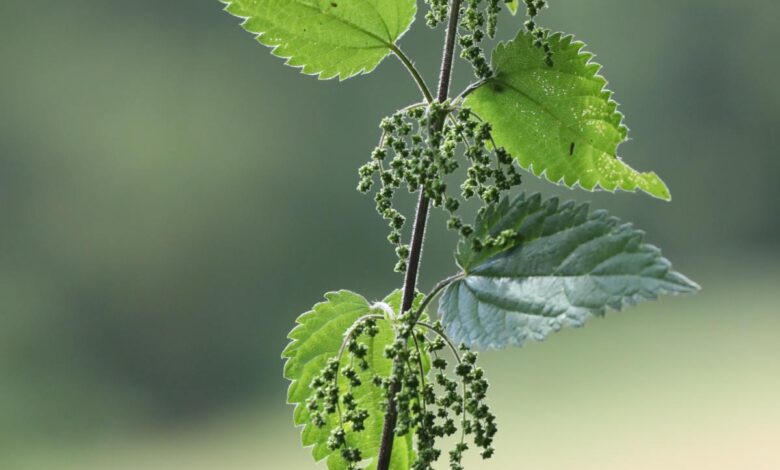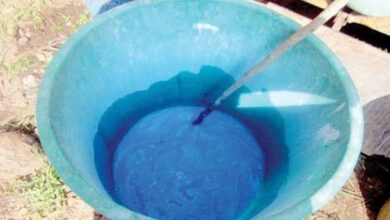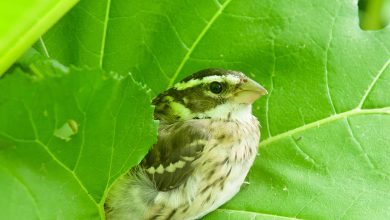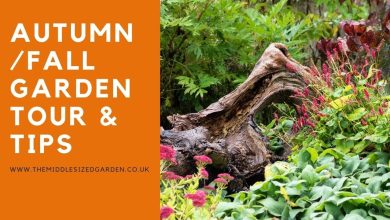The liquid macerate of nettle leaves (Urtica urens) is one of the easiest organic preparations to make and with the best repellent power against biting-sucking insects such as aphids, whiteflies, mites, etc. In addition, it is also used as a foliar fertilizer (for application on leaves) due to its nitrogen content and mineral micronutrients.
A characteristic of this plant is the irritation of the skin when it comes into contact with the leaves and stems, this is due to the stinging hairs (irritants) that when broken release these substances.
Materials
A handful of fresh nettle leaves
1 liter of water
Plastic container with lid
A scissors
Neutral white soap (optional)
.
Preparation
Nettle plants can be found in parks, gardens, etc. It is a plant that grows during cold seasons (14 – 18 ° C), so in winter it is relatively easy to get.
When obtaining the plants, the leaves are carefully extracted, because these leaves have very fine hairs that cause irritation when touched, preferably a scissors should be used. Here you can see how to do it
.
After having the leaves ready, they are placed in a container and the water is added so that it covers them completely. It is then covered and placed in a cool place.
.
Let it rest for about 1 to 2 days; At the end of this period, the lid is removed and the liquid sifted (separated from the solid), this liquid will be ready to be applied to the plants. A characteristic of this preparation is its characteristic smell which is very strong and easy to get impregnated if it is touched. However, this smell does not cause damage to the plant, so it can be applied without any problem.
.
App
The application dose varies, however the most used is 1/2, that is, one cup of nettle liquid for every 2 cups of water. It should be applied with the help of a sprayer so that the fine drops remain adhered to the leaves; If you want a better adherence and repellent power, you can add a little white soap (neutral).
For better control of biting-sucking insects, this preparation should be applied to the upper and lower part of the leaves, because these insects develop on the lower part of the leaves. It should be applied preferably once a week to avoid being attacked by pests or every day when the pest is already present.
.
If not all the preparation is used, it can be stored in the refrigerator, in the lower part, in this way it can last from 1 to 2 months without losing its repellent power.
.
.
eco-sowing



![Photo of Complete Guide to Grow Moringa: [Steps to Follow + Images]](https://www.complete-gardening.com/wp-content/uploads/2022/08/complete-guide-to-grow-moringa-steps-to-follow-images-390x220.jpg)

